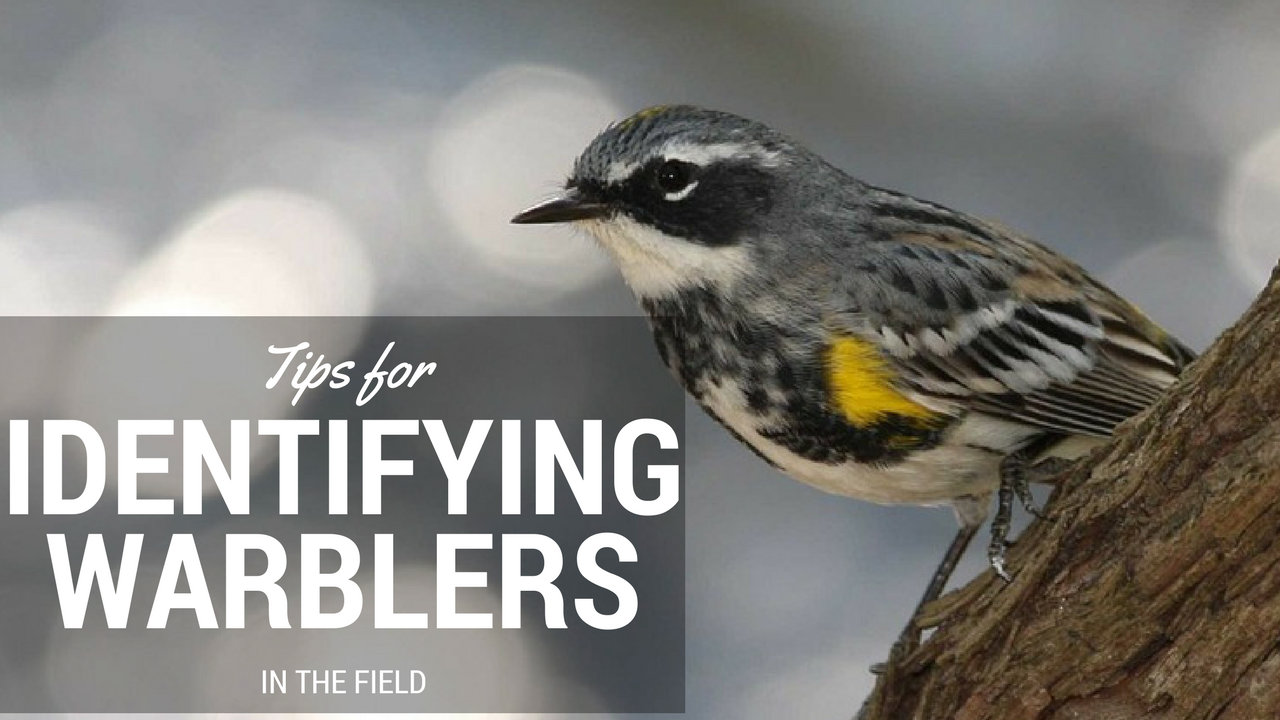Offer
Provide additional details about the offer you're running.
Provide additional details about the offer you're running.
Provide additional details about the offer you're running.

Well, warbler season is here, folks as most of our busy little birds have arrived in the greater Ottawa area for the spring and summer season. As the nesting season continues for some, it is ending for many others whose nests might still be full of chicks or just recently rid of them.
None the less, we’re hopeful the sunshine and warmer weather will stick around for the time being and there isn’t much of a better time to get out in the timber and try and spot some of your favourite warbler species.
As we kick-start the wonderful month of June, here are a few tips from Bob himself on how he likes to spot and identify some of his favourite bird species.
If it’s warblers you are after, you had better have a good set of binoculars and a strong neck. These busy little birds can be spotted far up in the treetops fluttering around in search of the insects and small worms that make up the bulk of their diet.
If you are heading out with a good pair of binoculars, investing in a chest harness will be a decision you will never regret. This type of set-up allows you to quickly and easily grab your optics when the time comes and allows for a convenient place to rest them as you hike your way through the woods.
Warblers are energetic and always on the move and as such, can be difficult to pin down for clean and easy viewing. One trick Bob utilizes when on a warbler watch is to bring along his trusty mockingbird call – a small device to mimic the sound of a bird chirping. Oftentimes these quick quips will be all you need to stop your warbler in its tracks, allowing for a closer look.
There are warblers aplenty here in this neck of the woods and they are all small and awfully energetic. Your first step in identification should be to check the bird for wing bars, as there are some warblers with wing bars and those without. By identifying this key characteristic, you should be able to narrow the bird down to a smaller pool of potentials.

Pine Warbler
In addition to the wing bars, take note of the legs and feet and more importantly, the colouring. Again, not all warblers are designed the same – some sport black legs with yellow feet, while others sport all black legs and feet.
Perhaps one of the most helpful identification tips we can offer you is to learn the underparts of these small birds. As we said above, they are often found high in the trees, so basing your guess on the head, back and wings might not be terribly accurate.
No matter how you do it, or how many birds you spot, make sure you have fun out there and report any unusual sightings you do see. Citizen-science is entirely dependent on the data provided by birders like us, so be sure to share your experience here with us at the Gilligallou Bird as well as on eBird.org.
High Quality Blend